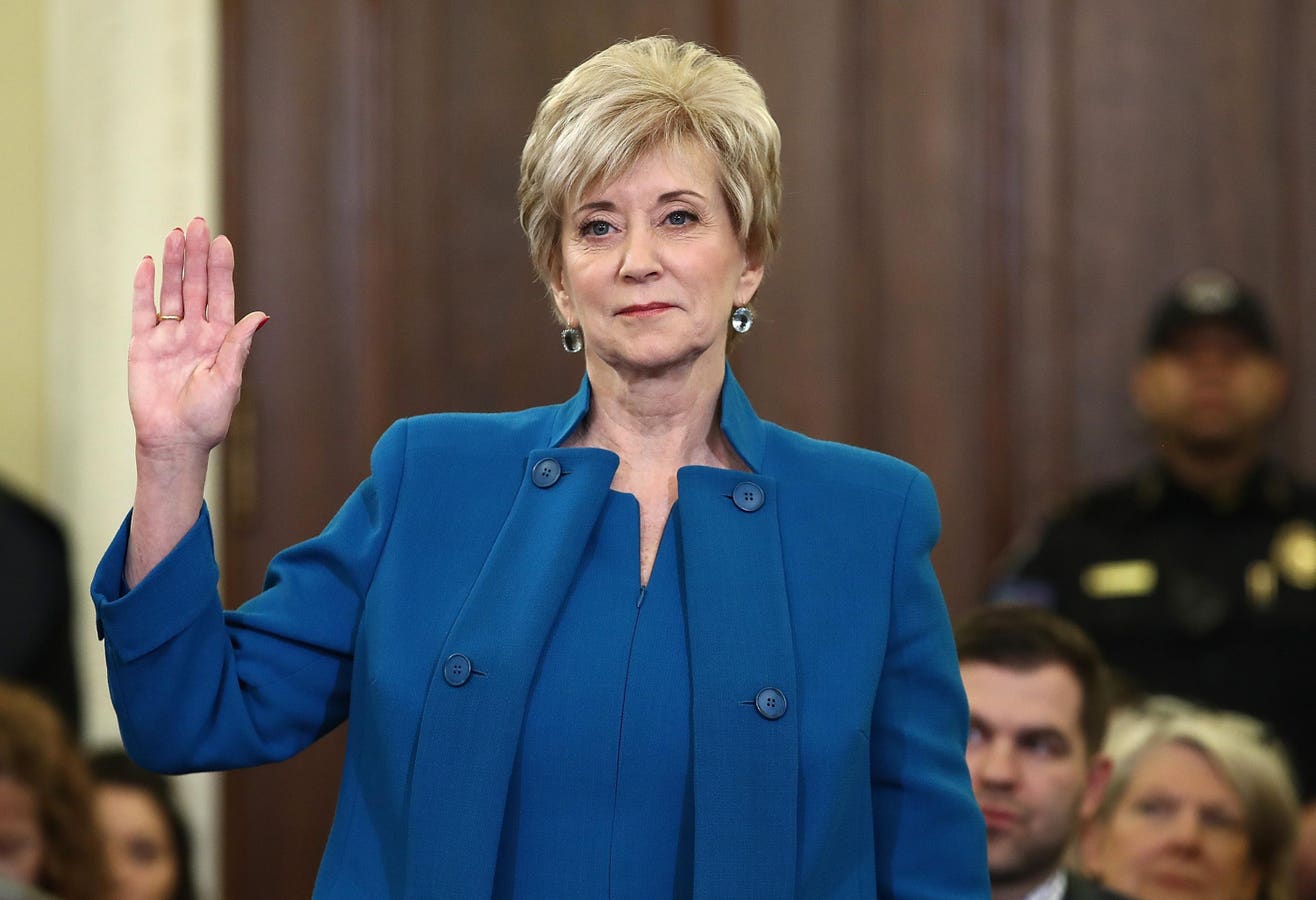Money
McMahon Vows To Keep PSLF For Student Loan Borrowers

Linda McMahon Pledges to Keep Public Service Loan Forgiveness (PSLF) Program for Student Loan Borrowers
Introduction to the PSLF Program and Its Significance
The Public Service Loan Forgiveness (PSLF) program, established in 2007 under President George W. Bush, has long served as a vital lifeline for individuals working in public service. This program provides student debt relief to government and nonprofit workers who make ten years of qualifying payments. It has been instrumental in encouraging individuals to pursue careers in fields such as teaching, firefighting, military service, and public defense—roles that often come with lower salaries but hold significant societal value. Despite its importance, the program has faced repeated threats, particularly from Republican lawmakers who argue that it unfairly favors public-sector employees over those in the private sector.
McMahon’s Commitment to Upholding PSLF Amid Political Pressure
During her recent Senate confirmation hearing for the role of Secretary of Education, Linda McMahon made a surprising pledge to uphold the PSLF program. This commitment came despite the Republican Party’s long-standing opposition to the program and the Trump administration’s broader efforts to restructure the Department of Education. McMahon’s assurance was prompted by Senator Tim Kaine (D-VA), who asked if she would continue to implement PSLF even if pressured by the White House or the newly formed Department of Government Efficiency (DOGE) to dismantle it. McMahon’s response was clear: "Yes, because that’s the law." She emphasized the importance of honoring such programs, noting that any changes to student loan forgiveness initiatives should come through Congressional action, not administrative decisions.
The History of PSLF and Its Challenges Under Previous Administrations
While McMahon’s commitment provides some relief to student loan borrowers, the history of PSLF under previous administrations highlights the challenges the program has faced. During the Trump administration, former Secretary of Education Betsy DeVos attempted to dismantle PSLF entirely, resulting in a 99% rejection rate for forgiveness applications. This period underscored significant administrative flaws in the program’s implementation. In contrast, the Biden administration took steps to expand and improve PSLF through a temporary waiver that addressed past bureaucratic errors, leading to over one million borrowers receiving loan forgiveness since 2021. Despite these efforts, the program remains vulnerable to political shifts and administrative obstacles.
The Implications of McMahon’s Stance on Student Loan Policy
McMahon’s stance on PSLF offers a glimmer of hope for borrowers who rely on the program. However, her broader views on student loan policy remain unclear. While she acknowledged that restructuring the Department of Education would require Congressional approval, she did not openly oppose Trump’s vision of drastically reshaping or even dismantling the agency. This ambiguity raises concerns about whether PSLF will continue to function effectively under her leadership or if it will face deliberate administrative hurdles, as it did during DeVos’s tenure. For borrowers, this means that while McMahon’s words are reassuring, the reality of how the program will be implemented remains uncertain.
What’s Next for PSLF and Other Student Loan Forgiveness Programs?
The fate of PSLF and other student loan forgiveness programs will depend heavily on McMahon’s actions once she is confirmed as Secretary of Education. Her nomination will proceed to a Senate committee vote on February 20, followed by a full Senate confirmation vote. If confirmed, her handling of PSLF will be a key indicator of the Trump administration’s approach to student loan policy. While McMahon has vowed to uphold the law, the real test will be whether the program continues to function effectively or reverts to the dysfunction seen during DeVos’s leadership. Borrowers should remain vigilant, staying informed about any changes and meticulously documenting their qualifying payments to navigate potential administrative challenges.
Conclusion: A Promise of Hope, but Borrowers Remain Cautious
In conclusion, while Linda McMahon’s pledge to uphold PSLF offers hope for student loan borrowers, history has shown that promises made during confirmation hearings do not always translate into reality. Borrowers have learned to remain cautious, given the program’s history of political battles and administrative hurdles. The preservation of PSLF under McMahon’s leadership will depend on her ability to resist pressure from the Trump administration and ensure the program’s effective implementation. For now, borrowers can take some comfort in McMahon’s commitment, but they must remain proactive in advocating for their rights and preparing for any potential challenges ahead. The future of PSLF—and the financial well-being of millions of public service workers—hangs in the balance.


















